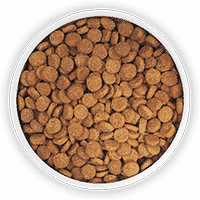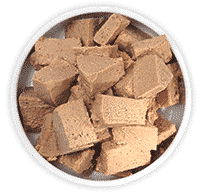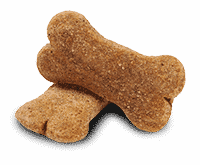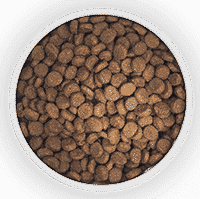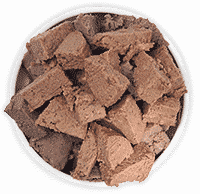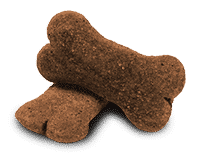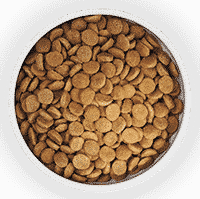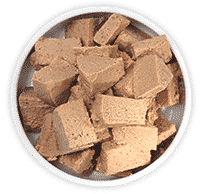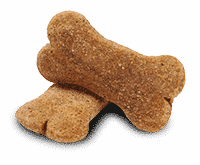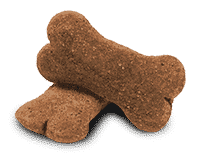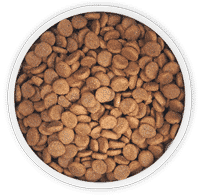Pet Hydration Awareness is crucial to ensuring the health and well-being of our dogs. Just like humans, pets need proper hydration to maintain their bodily functions, regulate temperature, and stay active. As pet owners, it’s our responsibility to understand the importance of hydration and take proactive steps to ensure our pets get enough water daily. Here are 10 hydration tips to help you keep your pet hydrated and healthy.

1. Provide Fresh Water Daily
Importance of Fresh Water:
- Always provide your pet with fresh, clean water every day. Stale or dirty water can deter pets from drinking and may harbor harmful bacteria.
- Replace the water at least once a day and clean the bowl to prevent the buildup of germs and biofilm.
Tips for Keeping Water Fresh:
- Use stainless steel or ceramic bowls, which are easier to clean and less likely to harbor bacteria than plastic bowls.
- Consider using a pet water fountain, which continuously filters and aerates the water, keeping it fresh and enticing for your pet.
2. Monitor Your Pet’s Water Intake
Why Monitoring is Important:
- Keeping track of how much water your pet drinks can help you detect any changes in their hydration habits. Changes in water intake can be an early sign of health issues such as kidney disease, diabetes, or urinary tract infections.
How to Monitor:
- Measure the amount of water you provide daily and check how much is left at the end of the day.
- If you notice a significant increase or decrease in your pet’s water consumption, consult your veterinarian for advice.
3. Encourage Hydration with Multiple Water Stations
Benefits of Multiple Water Stations:
- Placing water bowls in different areas of your home encourages your pet to drink more often, as they won’t have to go far to find water.
- This is especially helpful for multi-pet households, as it reduces competition and ensures all pets have easy access to water.
Placement Tips:
- Place water bowls in areas where your pet spends the most time, such as the kitchen, living room, and bedroom.
- For larger homes, consider placing water bowls on each floor to make it convenient for your pet to hydrate.

4. Incorporate Wet Food into Their Diet
Hydration Benefits of Wet Food:
- Wet food has a higher moisture content than dry kibble, helping to increase your pet’s overall water intake.
- Adding wet food to your pet’s diet can be particularly beneficial for pets that don’t drink enough water on their own.
Feeding Tips:
- Mix wet food with dry kibble to enhance palatability and moisture content.
- Gradually introduce wet food to avoid digestive issues and observe how your pet responds.
5. Add Water to Dry Kibble
How Adding Water Helps:
- Adding water to dry kibble can make it more appealing to pets and help increase their water intake.
- It also softens the kibble, which can be beneficial for pets with dental issues or older pets who may have difficulty chewing.
How to Add Water:
- Start by adding a small amount of water to your pet’s kibble and gradually increase it until you find the right balance.
- Ensure the water is fresh and clean, and don’t leave moistened kibble out for too long to prevent spoilage.

6. Offer Ice Cubes as Treats
Fun and Hydrating:
- Many pets enjoy playing with and licking ice cubes, making them a fun and hydrating treat.
- Ice cubes are especially useful during hot weather to help keep your pet cool and hydrated.
Safety Tips:
- Supervise your pet while they enjoy ice cubes to prevent choking.
- You can also make flavored ice cubes by freezing low-sodium broth or diluted pet-safe juices for added appeal.
7. Use Pet-Friendly Hydration Supplements
Boosting Hydration:
- There are various pet-friendly hydration supplements available, such as electrolyte solutions and flavored water enhancers, that can encourage your pet to drink more.
- These supplements are particularly beneficial for active pets, pets recovering from illness, or during hot weather.
How to Use:
- Follow the product instructions for proper dosage and administration.
- Introduce hydration supplements gradually and monitor your pet for any adverse reactions.
8. Create a Hydration Schedule
Consistency is Key:
- Establishing a hydration schedule can help ensure your pet drinks enough water throughout the day.
- Regularly scheduled water breaks can be particularly helpful for pets with specific health needs or those on medication that affects hydration.
How to Create a Schedule:
- Offer water at regular intervals, such as after meals, playtime, and walks.
- Keep track of your pet’s hydration habits and adjust the schedule as needed to ensure they are getting enough water.

9. Monitor Environmental Factors
Impact of Environment:
- Environmental factors such as temperature, humidity, and activity levels can affect your pet’s hydration needs. Pets are more prone to dehydration in hot and humid conditions.
- Adjust your pet’s water intake based on the weather and their activity level to prevent dehydration.
Tips for Hot Weather:
- Provide shaded areas and fresh water when your pet is outdoors.
- Avoid strenuous activities during the hottest parts of the day.
- Consider using cooling vests or mats to help regulate your pet’s body temperature.
10. Recognize Signs of Dehydration
Early Detection is Crucial:
- Recognizing the signs of dehydration can help you take prompt action to rehydrate your pet and prevent serious health issues.
- Common signs of dehydration include dry gums, excessive panting, lethargy, and loss of skin elasticity.
What to Do if Your Pet is Dehydrated:
- If you suspect your pet is dehydrated, offer small amounts of water or an electrolyte solution.
- If your pet’s condition does not improve or if they show severe symptoms such as vomiting, diarrhea, or collapse, seek veterinary care immediately.
Ensuring your pet stays hydrated is a vital aspect of their overall health and well-being. By following these top 10 hydration tips, you can help prevent dehydration and keep your pet happy, healthy, and active. Let’s ensure your dog stays well-hydrated all year round!
